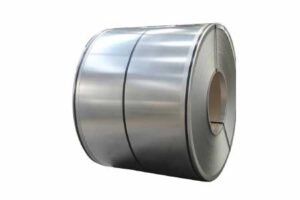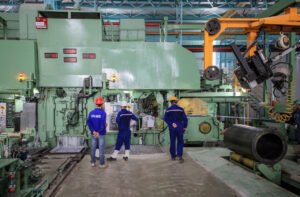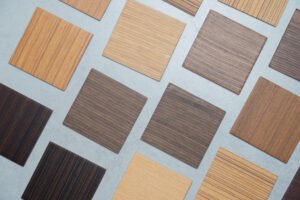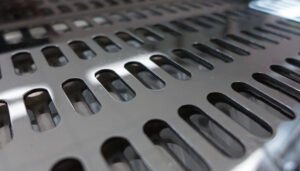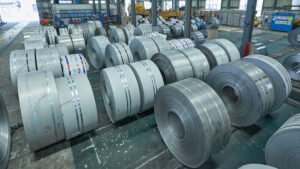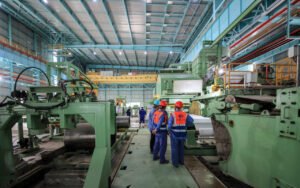316L Stainless Steel Plate in Marine Environments: Performance & Use
Choosing the wrong metal for marine projects leads to rapid decay. This failure risks safety and inflates costs. 316L stainless steel provides the reliable, long-term performance you need.
316L stainless steel plate is a top performer in marine environments due to its superior corrosion resistance, particularly against chloride-induced pitting and crevice corrosion. Its low carbon content also prevents weld decay, ensuring long-term structural integrity in high-salt, high-humidity conditions.
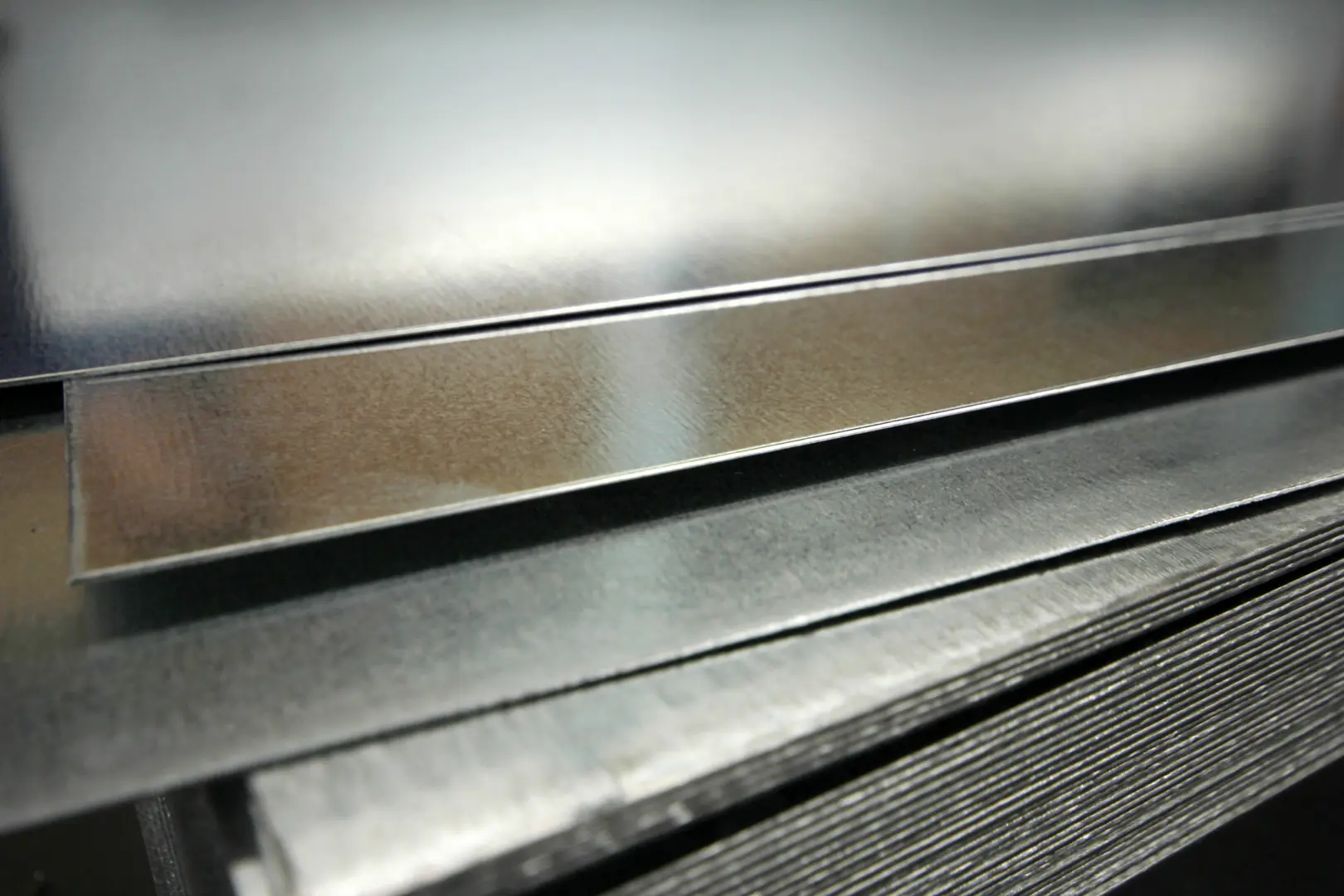
As the Global Business Director at MFY, I've seen countless projects succeed or fail based on one key decision: material selection. The marine environment is relentless, and it quickly exposes any weakness in your chosen materials. That's why understanding the specific advantages of a grade like 316L isn't just technical knowledge—it's a critical business strategy. Let's break down why this material stands as the industry benchmark for performance and reliability when facing the sea.
What Challenges Do Marine Environments Pose to Stainless Steel Materials?
Saltwater is notoriously corrosive to metals. This constant attack causes rust and structural weakness, leading to dangerous failures. Understanding these specific threats is the first step to selecting the right defense.
Marine environments pose significant challenges, primarily through chloride-induced corrosion. High salinity, constant moisture, and temperature fluctuations accelerate pitting, crevice corrosion, and stress corrosion cracking in many metals, including less-resistant stainless steel grades.
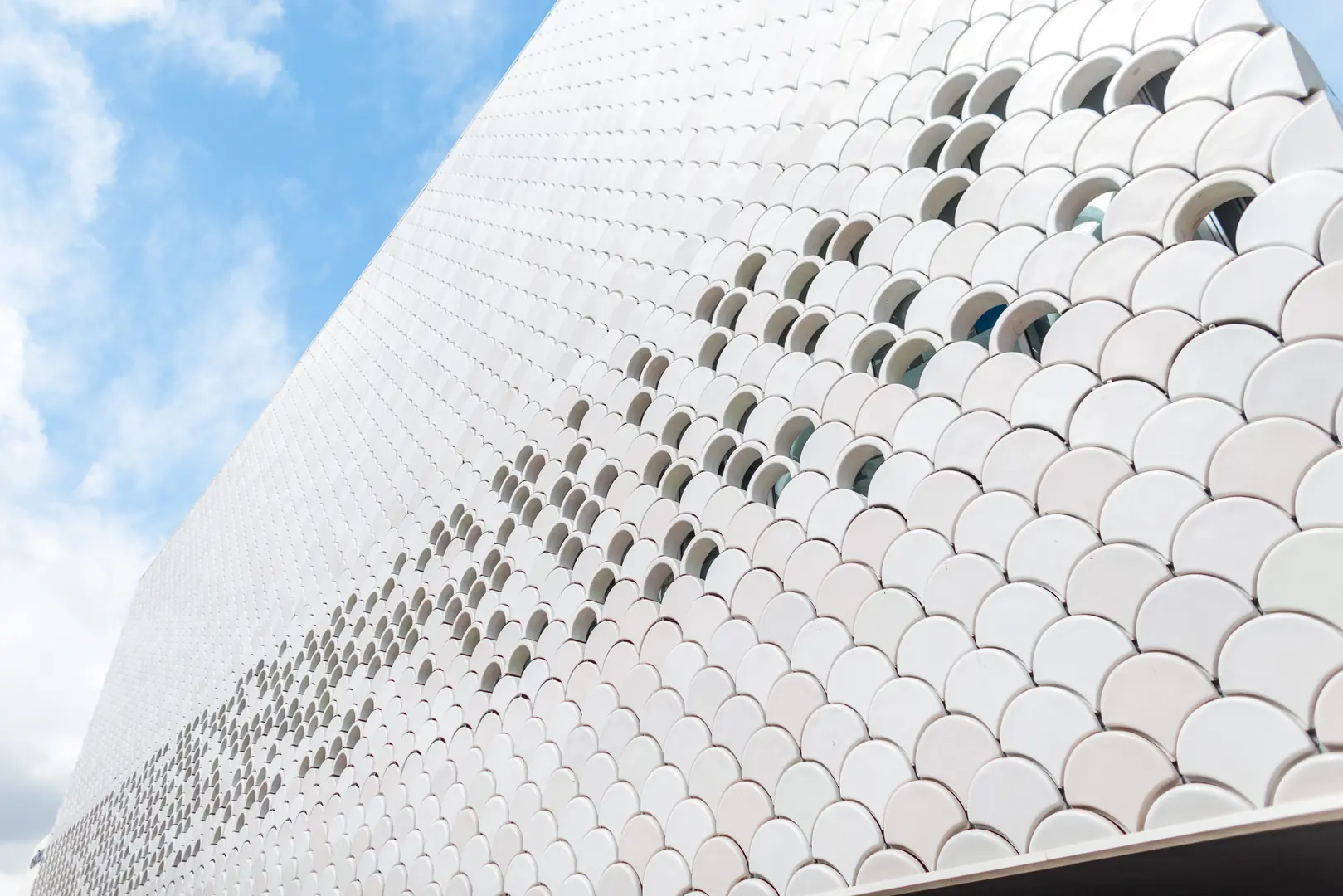
The ocean is a complex and aggressive environment for any material. It's not just about getting wet; it's the chemical composition of the water and air that presents the real challenge. The high concentration of chloride ions[^1] in seawater is the primary enemy of stainless steel. These ions actively work to break down the protective passive layer[^2] that gives stainless steel its "stainless" quality. I remember a client working on a coastal desalination plant who initially opted for a lower-grade steel to save on costs. Within 18 months, they were facing severe pitting corrosion[^3] that compromised the entire system, forcing a costly replacement. This highlights the critical nature of the marine challenge.
Key Corrosive Mechanisms
The main threats in a marine setting are very specific. Pitting corrosion is a localized form of corrosion that creates small holes, or "pits," in the metal. Crevice corrosion occurs in tight spaces, like under bolt heads or gaskets, where stagnant saltwater can concentrate and become highly corrosive. Finally, the constant presence of salt spray and humidity creates an electrolyte that can even lead to galvanic corrosion[^4] if dissimilar metals are in contact.
Environmental Factors
It's a combination of factors that makes the marine environment so harsh. The constant humidity, salt spray, and direct immersion create a perfect storm for corrosion.
| Environmental Factor | Impact on Steel |
|---|---|
| High Salinity | Increases conductivity of water, accelerating corrosion. |
| Constant Moisture | Acts as an electrolyte, enabling corrosive reactions. |
| UV Exposure | Can degrade protective coatings, exposing the metal underneath. |
| Temperature Fluctuations | Can accelerate the rate of chemical reactions, including corrosion. |
Understanding these specific challenges is why we at MFY always emphasize starting with the right material grade from day one.
Why Is 316L Stainless Steel Preferred for Marine Applications?
Not all stainless steel is created equal. Choosing a grade that isn't suited for a marine environment leads to premature failure. 316L's unique chemical composition makes it the ideal choice.
316L stainless steel is preferred for marine applications because its composition, which includes molybdenum (typically 2-3%), provides exceptional resistance to chloride corrosion. The 'L' signifies low carbon, preventing weld decay and maintaining corrosion resistance after welding.
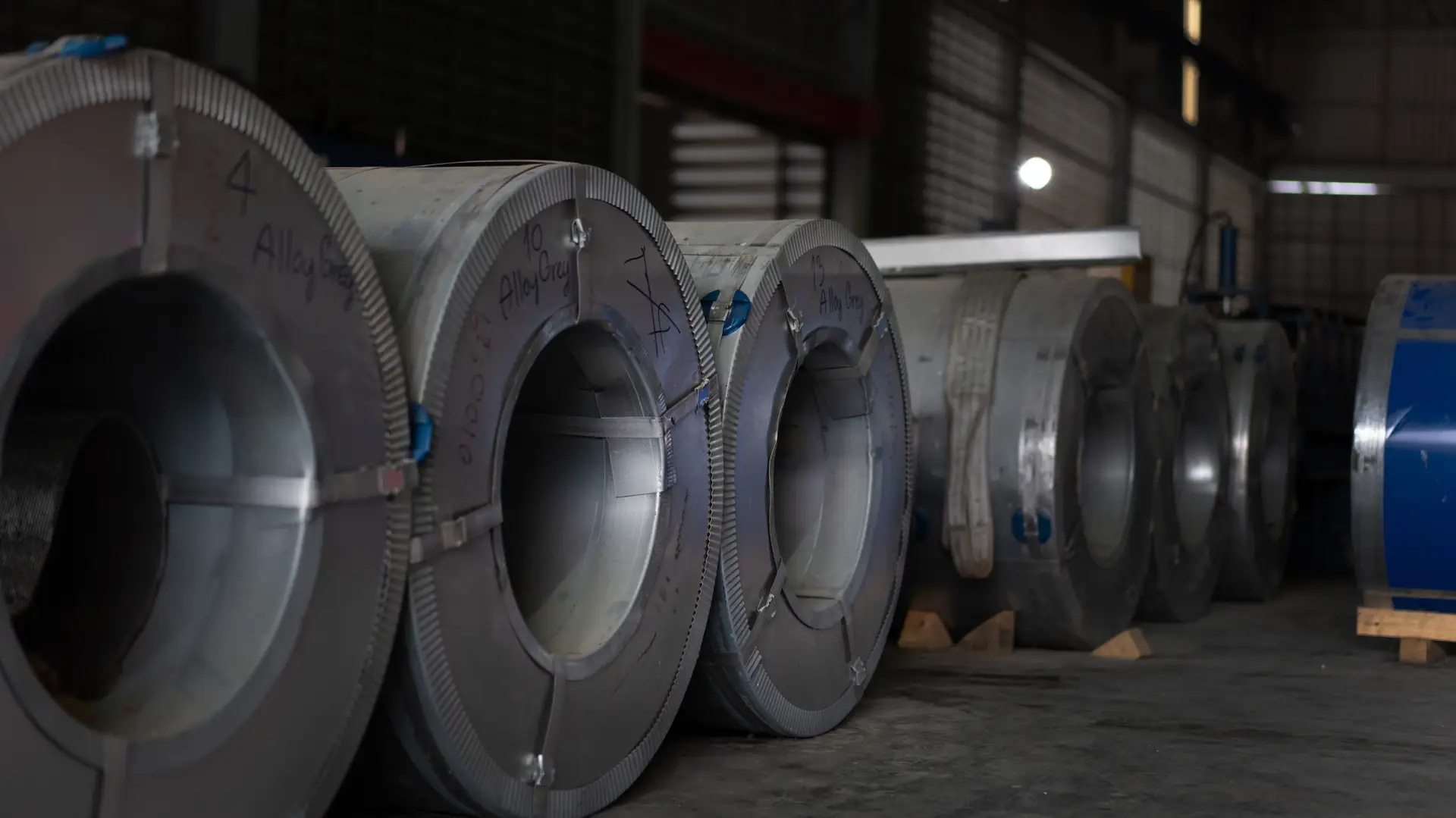
When we look at the specifications for marine engineering and shipbuilding projects, 316L is almost always the go-to material. This isn't by accident; it's the result of decades of proven performance. The secret to its success lies in its specific alloying elements, which are deliberately included to combat the harsh realities of a saltwater environment. This deliberate engineering is what gives project managers and engineers peace of mind. As global investment in marine infrastructure continues to grow, the demand for reliable, low-maintenance materials like 316L is only going to increase. It's the smart choice for long-term value.
The Role of Molybdenum
Molybdenum is the hero ingredient in 316L for marine applications. This element significantly enhances the steel's ability to resist pitting and crevice corrosion caused by chlorides. While a standard grade like 304 stainless steel is excellent for many applications, it lacks molybdenum, making it vulnerable in saltwater. Adding just 2-3% molybdenum dramatically strengthens the material's protective passive layer.
The Significance of Low Carbon ('L')
The "L" in 316L stands for "low carbon." This is critically important for any application that involves welding, which is nearly all of them in construction and shipbuilding. During welding, the carbon in steel can combine with chromium to form chromium carbides. This process, known as sensitization[^5], depletes the chromium needed to maintain the protective passive layer, leading to corrosion along the weld seams. The low carbon content in 316L minimizes this effect, ensuring the weld joint remains as corrosion-resistant as the rest of the material. This is crucial for maintaining structural integrity and longevity.
| Element | Grade 304 (%) | Grade 316L (%) | Benefit in Marine Use |
|---|---|---|---|
| Chromium | 18-20 | 16-18 | Forms the primary passive layer |
| Nickel | 8-10.5 | 10-14 | Improves formability & general corrosion resistance |
| Molybdenum | - | 2-3 | Crucial for resisting chloride pitting |
| Carbon | < 0.08 | < 0.03 | Prevents weld decay (sensitization) |
How Does 316L Stainless Steel Resist Corrosion in Marine Settings?
It's hard to trust a material without knowing how it works. This lack of understanding can make it difficult to justify its higher initial cost. The secret lies in a tough, self-healing surface layer.
316L stainless steel resists corrosion by forming a thin, stable, and self-repairing passive layer of chromium oxide on its surface. Molybdenum enhances this layer, making it more robust and resistant to breakdown by chloride ions found in seawater.

The science behind 316L's resilience is fascinating and is the core of its value. It's not that the steel itself is inert; rather, it has an incredibly effective, built-in defense mechanism. I often explain it to clients as a kind of "living shield." This shield is not a coating that can be scratched off permanently; it's an inherent property of the metal's chemistry. This ability to self-protect is what makes it a 'fit-and-forget' solution for many components, reducing the need for constant maintenance and replacement, which ultimately lowers the total cost of ownership over the project's lifespan.
The Chromium Oxide Passive Film
All stainless steels owe their corrosion resistance to a microscopic, invisible layer on the surface. This is the passive film, and it's primarily made of chromium oxide. It forms instantly when the steel is exposed to oxygen in the air or water. This film is extremely thin but very dense and stable, acting as a barrier that prevents oxygen and water from reaching the iron in the steel and causing rust. If the surface is scratched, a new passive layer forms on the exposed steel almost immediately, effectively "healing" the damage.
How Molybdenum Fortifies the Shield
In a marine environment, chloride ions aggressively attack this chromium oxide layer, trying to create breaches that lead to pitting. This is where molybdenum becomes essential. Molybdenum strengthens the passive film, making it more stable and resistant to these chloride attacks. It helps the film repair itself more quickly and effectively, preventing localized corrosion from taking hold. This is the fundamental reason 316L outperforms 304 and other grades in any application involving saltwater or de-icing salts. It’s this robust, fortified shield that you are investing in when you choose 316L plate.
What Are the Common Uses of 316L Stainless Steel Plates in Marine Environments?
You need practical examples to plan your projects. Using a high-grade material in a non-critical area can be wasteful. 316L is a versatile performer, perfect for many critical marine applications.
Common uses for 316L stainless steel plates in marine environments include boat fittings, railings, heat exchangers, structural components for offshore platforms, propeller shafts, and fasteners. Its durability makes it ideal for parts constantly exposed to saltwater spray and immersion.
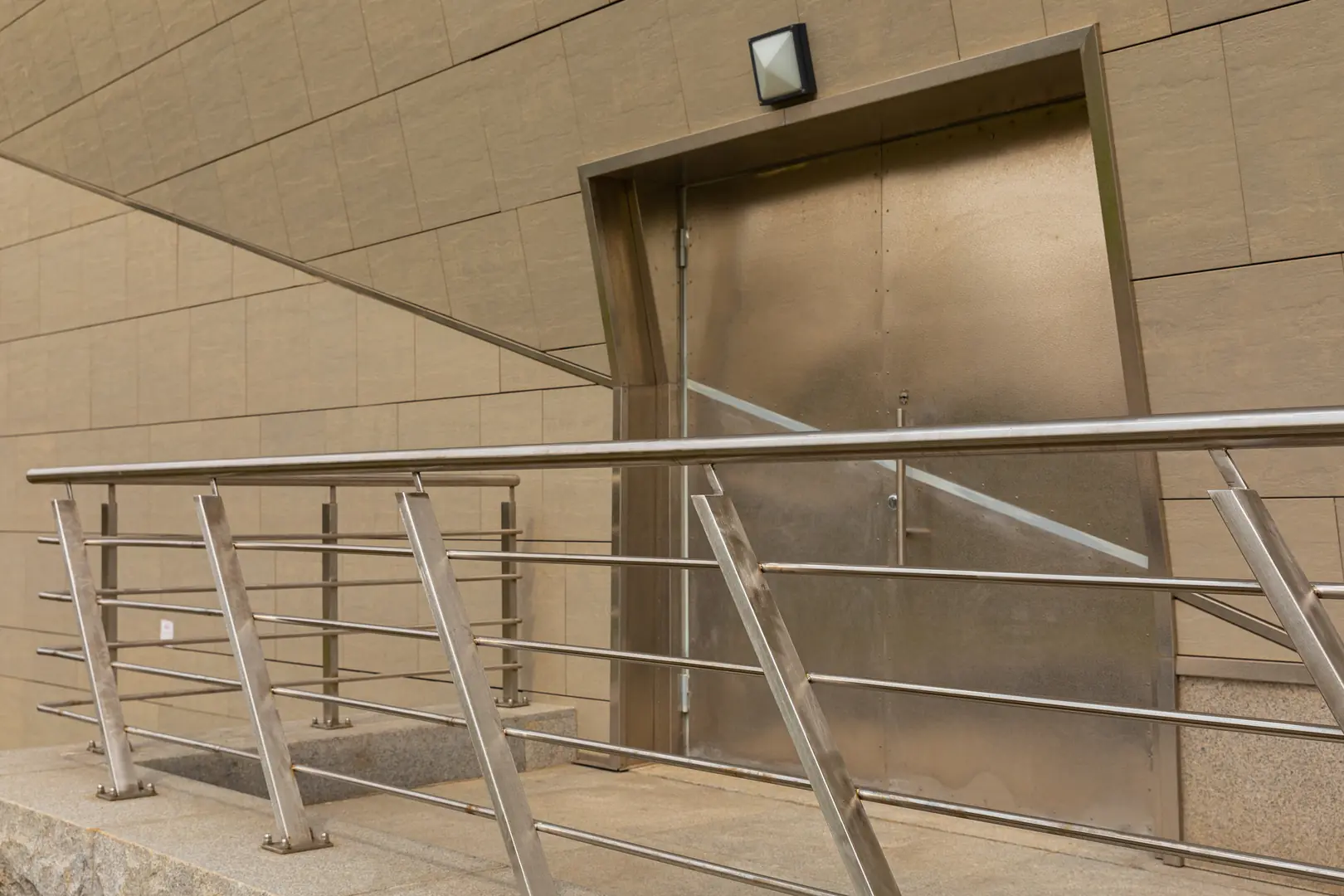
Across our global operations at MFY, we supply 316L stainless steel plates for an incredible variety of marine projects. Its combination of strength, corrosion resistance, and fabricability makes it a highly versatile material. From the gleaming railings on a luxury yacht to the critical structural components of an offshore oil rig, 316L provides the reliability that this demanding industry requires. As manufacturers and engineering contractors, it's vital to know where this material delivers the most value to ensure your projects are both safe and cost-effective. The key is to use it where the threat of corrosion is highest.
Shipbuilding and Naval Architecture
In shipbuilding, 316L is used extensively for parts that are in constant contact with seawater or spray. This includes everything from propeller shafts and rudders to exhaust fittings, tanks for holding liquids, and kitchen galleys. Its hygienic properties and resistance to corrosion from both saltwater and cleaning agents make it a perfect choice.
Offshore Oil and Gas
For offshore platforms, reliability is a matter of safety and massive financial investment. 316L plates are used for structural components, cable trays, process piping, and accommodation modules. In these settings, the material must withstand not only saltwater but also harsh chemicals and extreme weather, and 316L consistently proves it is up to the task.
Coastal Infrastructure
On land, 316L is used for architectural elements on buildings near the coast, such as cladding, railings, and support brackets. It's also used in desalination plants and wastewater treatment facilities, where resistance to both saltwater and chemical corrosion is essential.
| Application Area | Specific Use Cases | Exposure Level |
|---|---|---|
| Shipbuilding | Propeller shafts, railings, boat fittings, tanks | High / Submerged |
| Offshore Platforms | Structural supports, piping, cable trays | Extreme / Splash Zone |
| Coastal Construction | Architectural cladding, handrails, fasteners | High / Atmospheric |
| Marine Equipment | Heat exchangers, pumps, valves | High / Internal Flow |
What Maintenance Practices Optimize the Longevity of 316L Stainless Steel in Marine Settings?
Even the best materials are not entirely "maintenance-free." Neglecting your 316L components can lead to surface staining and reduce their lifespan. Simple, regular cleaning is all it takes to preserve performance.
To optimize longevity, regularly rinse 316L stainless steel with fresh water to remove salt deposits. For tougher stains, use a mild detergent and a soft cloth. Avoid abrasive cleaners, steel wool, or chlorine-based products that can damage the passive layer.

While 316L is incredibly resilient, thinking of it as "set it and forget it" is a mistake in a harsh marine environment. Salt crystals can accumulate on the surface, and if they are not washed away, they can concentrate chlorides and eventually start to compromise the passive layer, leading to superficial tea-staining. The good news is that maintenance is simple and doesn't require harsh chemicals. A little bit of care goes a long way in keeping your 316L components looking great and performing perfectly for decades. This approach not only ensures longevity but also aligns with sustainable practices, as extending a material's life is always the most environmentally friendly option.
Routine Cleaning
The most important maintenance task is simple: regular rinsing with fresh water. This is especially crucial for areas that are not naturally rinsed by rain. Washing away the salt deposits prevents them from concentrating and attacking the steel. For boat owners, this means hosing down all stainless fittings after a trip. For coastal buildings, it means periodic washing of the facade and railings.
Addressing Surface Contamination
If you notice brown staining (often called tea-staining), it's usually just a surface issue and not a sign of structural corrosion. It can be cleaned with a mild detergent and a soft cloth or nylon brush. For more stubborn spots, specialized stainless steel cleaners are available. The key is to be gentle and always rinse thoroughly with fresh water afterward.
What to Avoid
Never use abrasive materials like steel wool or scouring pads, as they can scratch the surface and embed iron particles, which will then rust. Also, avoid cleaners containing chlorine, especially bleach. Chlorine is a chloride and will aggressively attack the passive layer you are trying to protect.
| Do | Do Not |
|---|---|
| Rinse regularly with fresh water. | Use steel wool or abrasive pads. |
| Use mild soap or detergent. | Use cleaners containing bleach or chlorides. |
| Wipe in the direction of the grain. | Allow salt deposits to build up over time. |
| Rinse thoroughly after cleaning. | Use harsh, abrasive cleaning powders. |
Conclusion
In summary, 316L stainless steel's molybdenum and low-carbon content make it the superior choice for marine environments. Its exceptional corrosion resistance and durability ensure project longevity and reliability, making it a smart investment for any marine application where performance is critical.
Have Questions or Need More Information?
Get in touch with us for personalized assistance and expert advice.

